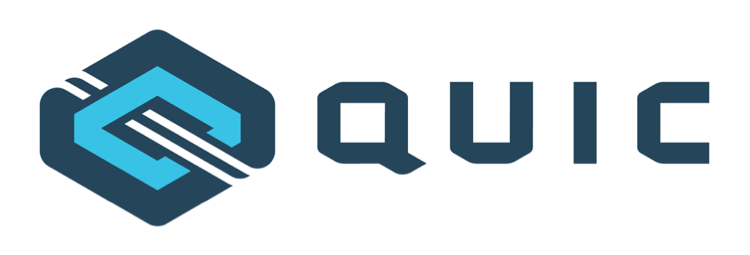Filter by topic and date
Innovative New Technology for Sending Data Over the Internet Published as Open Standard
3 Jun 2021
Already broadly deployed and used, QUIC provides lower delay, improved security, and more robust delivery of data.

June 3, 2021 — A new Internet transport technology that improves web application performance, security, and privacy has been published as a standard by the Internet Engineering Task Force (IETF).
Already used by a range of Internet services, an initial version of QUIC was designed and tested by Google and then proposed to IETF for standardization. Over the past 5 years it was reviewed, redesigned and improved in the IETF, incorporating a broad range of input from across the industry. QUIC is an important example of a range of innovation in core Internet technologies underway in the IETF. While QUIC is a general transport protocol, the IETF will also soon release HTTP/3, the first application protocol designed for use over QUIC.
“While widely-known IETF standards such as TCP have served the Internet’s growth and evolution for decades, technologies like QUIC are more extensible to enable future innovation,” said IETF Transport Area Director Martin Duke. “Beyond QUIC, IETF participants have been exploring a broad range of ideas in Internet technologies, such as the next version of Web Transport, HTTP/3, the Low Latency, Low Loss, Scalable Throughput (L4S) service architecture, and Delay Tolerant Networking (DTN).”
QUIC provides a new building block that can improve application performance by reducing latency and enabling the multiple data streams needed by many modern Web services and other applications. QUIC applies encryption at the transport layer, instead of above it, substantially improving its privacy and security properties.
An important part of ensuring the rapid deployment of QUIC has been parallel development and testing of running code as it was developed. IETF Hackathons have helped implementers find problems and improve the standard before its final publication. While “running code” has long been a core principle of the IETF, it has been increasingly important in recent IETF standards development efforts like QUIC.
“I think the hackathons were great,” said Nick Banks, a QUIC developer from Microsoft. “They encouraged implementations to make measured progress towards a common goal. This, in turn, led to a number of spec bugs being found and fixed early on in the process. I have no doubt that the whole standardization process would have taken longer without those interops.”
The QUIC Working Group continues its work by improving the protocol’s manageability and deployability. Other working groups are expanding QUIC to new use cases and building APIs to make it easier for applications to use.
More information about a broad range of work on new Internet transport protocols is available in a recent post by the IETF Transport Area Directors on the IETF Blog.